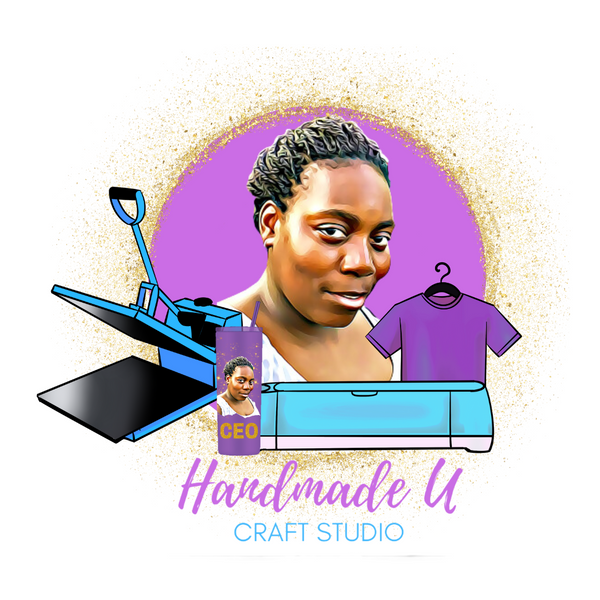Let’s Talk Overhead: What It Is, Why It Matters, and How to Calculate It for Your Craft Business
Because You’re Not Just Paying for Supplies—You’re Paying to Run a Whole Business
So you’re sitting down to price your handmade product.
You calculate your materials. You factor in your time. You come up with a number that feels fair...
But you’re still not making a profit. Or worse—you’re just barely breaking even.
Sis. Let’s talk about the missing piece:
Overhead.
Because materials and labor? That’s just the beginning.
There’s a whole list of invisible expenses that go into keeping your creative business running. And if you’re not accounting for them, your pricing will always be off.
Let’s fix that. 💸
What Is Overhead, Really?
Overhead = the costs of running your business that aren’t tied to one specific product.
It’s all the behind-the-scenes stuff that keeps you in business, whether you make 1 product or 100.
Some common overhead examples:
-
Website fees (Shopify, Etsy listings, domains)
-
Business subscriptions (Canva Pro, email platforms, Adobe, etc.)
-
Packaging supplies (labels, tissue paper, boxes)
-
Craft fair/vendor fees
-
Marketing and advertising (boosted posts, promo graphics)
-
Office/studio supplies (printer ink, scissors, workspace rental)
-
Utilities or a portion of your rent (if you work from home)
-
Education + training (courses, workshops, biz books)
-
Taxes, legal fees, shipping scale, tools, and more
Overhead isn’t optional—it’s real.
And if you’re not building it into your prices, guess who’s paying for it out of pocket?
Yep. You.
Why Overhead Affects Your Pricing
Let’s say you price a product based on:
-
$10 in materials
-
1 hour of labor at $30/hour
Cool, your price is $40, right? Not quite.
Because none of that covers the Shopify bill, the tape, the stickers, the gas to the post office, or that Instagram ad you ran to promote it.
Your business has to pay for all of it—or else you do.
So what do we do?
We calculate overhead and spread it out across your products.
✨ Activity: Calculate Your Monthly Overhead and Add It Into Your Prices
Let’s make this simple. Grab a calculator or spreadsheet and walk through this:
Step 1: List Out Your Monthly Business Expenses (Overhead)
| Category | Amount |
|---|---|
| Website/shop fees | $________ |
| Packaging + shipping supplies | $________ |
| Subscriptions/tools | $________ |
| Craft fair or market fees | $________ |
| Office/studio costs | $________ |
| Marketing + ads | $________ |
| Miscellaneous (education, taxes, etc.) | $________ |
👉 TOTAL MONTHLY OVERHEAD: $________
Step 2: Estimate How Many Products You Sell Monthly
How many items do you realistically sell in a month?
Write that number down: ________
Step 3: Divide Total Overhead by # of Products
This gives you the overhead cost per product. Add this number to your pricing formula!
Example:
If your monthly overhead = $300 and you sell 50 items/month…
➡️ $300 ÷ 50 = $6 overhead per product
That means every item you sell should include an extra $6 to help cover your biz expenses.
Updated Pricing Formula:
Materials + (Hourly Rate × Time) + Overhead Per Product + Profit = Your Price
This keeps you sustainable.
This keeps you confident.
This keeps you from pulling from your personal bank account just to keep your biz alive.
Bonus Tip: Review and Adjust Quarterly
Overhead changes. Platforms raise fees. You upgrade tools. Your sales increase.
That means you should check in with your overhead numbers at least every 3 months and adjust your prices if needed. You’re allowed to grow. Your prices should too.
You’re Running a Real Business—Price Like It
Your creativity is priceless. But your business has real expenses.
So stop pretending those costs don’t exist just to keep your prices “affordable.”
You’re not doing this to stay broke. You’re doing this to build something sustainable.
Something beautiful.
Something profitable.
That starts with knowing—and honoring—your overhead.
